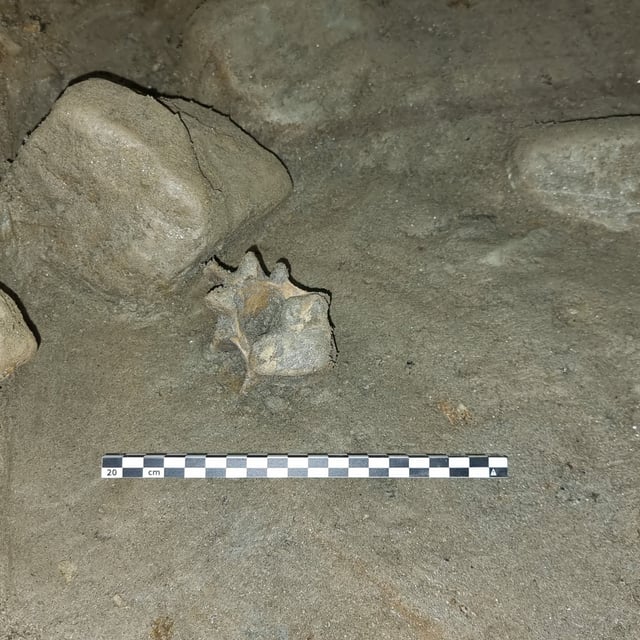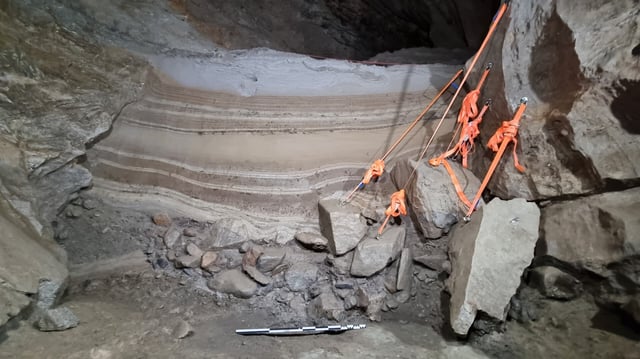Overview
- Excavations at Arne Qvamgrotta in northern Norway uncovered bones of 46 species—mammals, birds and fish—dating to a warm interval of the last ice age, marking Europe’s oldest known Arctic animal community.
- Specimens include polar bear, walrus, bowhead whale and Atlantic puffin alongside the first Scandinavian record of extinct collared lemmings, indicating a mostly ice-free coastal ecosystem with lakes, rivers and seasonal sea ice.
- Genetic analyses reveal that all discovered lineages failed to survive the return of colder conditions, demonstrating how rapid climate shifts can drive complete population loss.
- Fieldwork conducted in 2021 and 2022 by teams from the University of Oslo, Bournemouth University, the University Museum of Bergen and the Norwegian University of Life Sciences led to publication of the findings in PNAS.
- Researchers say the study offers rare deep-time insights into species resilience and extinction risk, informing modern conservation efforts in a warming Arctic.


